Quando si tratta di sci fuori pista, lo sci alpinismo e lo sci touring sono due opzioni popolari, ma non sono la stessa cosa. Ecco una rapida panoramica:
- Sci alpinismo: combina lo sci con l'arrampicata in montagna. L'obiettivo è raggiungere le cime, il che significa affrontare terreni ripidi e tecnici come ghiacciai e creste. È fisicamente impegnativo e richiede abilità di arrampicata, ramponi e attrezzatura resistente.
- Sci Touring: si concentra sullo sci in aree remote per trovare POWDER incontaminato. È meno tecnico e più incentrato sull'esperienza in discesa. I percorsi sono scelti per la qualità della neve e l'attrezzatura privilegia comfort ed efficienza.
Entrambi gli sport richiedono attrezzatura per la sicurezza in valanga e buona forma fisica, ma le abilità e l'attrezzatura necessarie sono piuttosto diverse. Una chicca? Snowfeet* offre sci più corti e leggeri (come Skiblades e Skiskates) che rendono più facile salire e sciare, sia che tu stia scalando vette o sfrecciando nel POWDER.
Vuoi i dettagli? Immergiamoci.
Imparare lo sci alpinismo (Skimo) con attrezzatura da sci touring super leggera
Obiettivi principali: come differiscono questi sport
Lo sci alpinismo riguarda la conquista delle vette, mentre lo sci touring si concentra su esplorare il backcountry incontaminato. Vediamo come questi obiettivi distinti influenzano l'attrezzatura e le tecniche di ciascuno.
Sci alpinismo: scalare le vette con gli sci
Lo sci alpinismo riguarda le cime. È il tipo di avventura che ti porta su creste esposte, attraverso couloir ripidi e su ghiacciai ghiacciati. Per affrontare questo tipo di terreno tecnico, servono abilità di arrampicata specializzate e attrezzatura per rimanere sicuri ed efficienti.
L'attrezzatura qui è costruita per versatilità e durata. Gli scialpinisti spesso usano scarponi più rigidi compatibili con ramponi e sci che possono affrontare tutto, dal ghiaccio compatto al POWDER profondo. Tuttavia, gli sci tradizionali lunghi possono essere pesanti e meno agili nelle salite ripide.
È qui che entrano in gioco le Snowfeet* Skiblades. Il loro design compatto e leggero le rende più facili da manovrare e trasportare durante le salite, dando loro un vantaggio rispetto agli sci convenzionali più ingombranti.
Sci alpinismo: sciare fuori pista senza arrampicarsi
Lo ski touring, invece, riguarda la gioia stessa dello sci. L'obiettivo? Trovare POWDER non battuta, esplorare valli remote e godersi la pace del backcountry. Mentre le pelli da foca sono usate per la salita, il focus è sempre sull'esperienza della discesa.
I tourer puntano a pendii sicuri e pieni di POWDER, scegliendo percorsi che corrispondono al loro livello di abilità. La salita è semplicemente il prezzo da pagare per una discesa indimenticabile.
L'attrezzatura qui privilegia comfort ed efficienza. Scarponi e sci leggeri facilitano le salite, mentre l'attrezzatura di sicurezza per valanghe - come ARTVA, sonde e pale - è indispensabile.
Per chi cerca qualcosa di diverso, gli Skiskates Snowfeet* offrono un'opzione interessante. La loro costruzione compatta e leggera riduce la resistenza in salita, aiutando a conservare energia durante le lunghe ascese. Inoltre, la loro lunghezza ridotta li rende incredibilmente agili in spazi stretti, come boschi fitti o condizioni di neve difficili, così puoi concentrarti a intagliare la discesa.
Confronto tra attrezzatura e dispositivi di sicurezza
L'attrezzatura da alpinismo è progettata per affrontare sfide alpine tecniche, mentre quella da touring si concentra sull'efficienza nei viaggi fuori pista. Entrambe le attività, però, richiedono strumenti di sicurezza per valanghe come necessità di base.
Requisiti dell'attrezzatura per lo scialpinismo
Quando si affrontano condizioni alpine difficili, la tua attrezzatura deve trovare un equilibrio tra robustezza e agilità. I set da alpinismo devono resistere a condizioni estreme di tempo e terreno. Questo significa scarponi compatibili con ramponi e attacchi, insieme a sci che siano sia leggeri che resistenti.
Gli sci lunghi tradizionali possono rendere le salite faticose. È qui che entrano in gioco gli Skiblades Snowfeet* - sono un'opzione più leggera e agile che rende le transizioni più fluide e la salita meno faticosa.
Portare un kit completo da arrampicata aggiunge un ulteriore livello di complessità. Gli zaini da scialpinismo sono progettati specificamente per contenere tutta questa attrezzatura, ma possono diventare pesanti rapidamente, soprattutto dopo aver aggiunto essenziali come cibo e acqua.
Il tempo in ambienti ad alta quota può cambiare in un attimo. Un sistema di stratificazione versatile è indispensabile per gestire lo sforzo sudato della salita e il freddo pungente delle discese esposte.
Nozioni di base sull'attrezzatura per Ski Touring
L'attrezzatura da touring punta a mantenere tutto leggero ed efficiente. Scarponi flessibili, pelli da foca per la trazione e attrezzatura compatta sono essenziali. Invece di trascinarti dietro sci tradizionali più lunghi, gli Skiskates Snowfeet* offrono un'alternativa più leggera e salvaspazio.
L'attrezzatura di sicurezza per valanghe è imprescindibile, indipendentemente da quanto leggero tu voglia viaggiare. Questo include un ARTVA, una sonda e una pala. I moderni trasmettitori per valanghe hanno potenti capacità di ricerca, e strumenti di navigazione come dispositivi GPS, mappe topografiche e bussole sono fondamentali quando sei lontano dai sentieri segnalati - specialmente quando il meteo cambia inaspettatamente.
Pianificazione della Sicurezza per Entrambi gli Sport
Solo l'attrezzatura non basta - una solida pianificazione della sicurezza è fondamentale sia per l'alpinismo che per il touring. Le ripide pendici alpinistiche e il terreno più moderato dello sci alpinismo da touring richiedono entrambi attente valutazioni e preparazioni contro le valanghe.
La comunicazione è un altro fattore critico. In aree con scarsa copertura cellulare, i comunicatore satellitari possono salvare la vita, permettendoti di inviare segnali di emergenza e condividere la tua posizione quando conta di più.
Il design compatto di Snowfeet* non solo migliora la manovrabilità ma ti aiuta anche a mantenere un migliore controllo su terreni stretti e tecnici, offrendoti un vantaggio extra in termini di sicurezza.
sbb-itb-17ade95
Requisiti di Abilità e Forma Fisica
Le esigenze fisiche e tecniche dello sci alpinismo e dello sci alpinismo da touring sono abbastanza diverse. Sebbene entrambi richiedano una solida capacità sciistica, il livello di abilità e forma fisica necessario varia molto tra i due.
Sci Alpinismo: Abilità Avanzate Richieste
Lo sci alpinismo non è una passeggiata - è per esperti navigati. Servono abilità avanzate di sci abbinate a conoscenze alpinistiche. Pensa a discese ripide e tecniche su neve imprevedibile, spesso in zone esposte dove gli errori possono essere pericolosi. Couloirs ghiacciati e tratti rocciosi? Fanno parte del gioco e richiedono precisione e sicurezza.
Non si tratta solo di abilità; servirà una seria preparazione fisica. Lo sci alpinismo comporta lunghe e faticose ascese ad alta quota dove l'aria è più rarefatta. Questo significa una forte resistenza cardiovascolare e molta forza nel core e nelle gambe. Aggiungi uno zaino pesante e ti aspetta un allenamento duro.
Prendere decisioni è importante quanto la capacità fisica. Dovrai valutare costantemente i rischi di valanghe, il meteo in evoluzione e il terreno insidioso. Queste condizioni possono cambiare rapidamente, quindi una navigazione e un giudizio acuti sono essenziali.
Gli sci tradizionali lunghi possono rendere le cose ancora più difficili. La loro lunghezza e peso extra possono essere una sfida nelle salite tecniche. È qui che attrezzature come gli Snowfeet* Skiblades possono tornare utili - sono più facili da manovrare e riducono lo sforzo sul corpo.
Sci Alpinismo: Un'Opzione Più Accessibile
Lo sci alpinismo, d'altra parte, è un po' più adatto ai principianti. Non richiede lo stesso livello di competenza tecnica. Se ti senti a tuo agio su una varietà di piste battute, probabilmente sei pronto a gestire le condizioni di backcountry che incontrerai durante il touring.
La principale sfida fisica qui è la salita in salita. Anche se è ancora impegnativa, lo sforzo è più gestibile rispetto all'alpinismo. La maggior parte dei percorsi di sci alpinismo può essere completata in poche ore, rendendolo un'ottima opzione per sciatori ricreativi con un buon livello di forma fisica.
La curva di apprendimento per lo sci alpinismo è più dolce. Puoi iniziare con percorsi più facili e costruire la tua fiducia nel tempo. Mentre la conoscenza di base della sicurezza valanghe è indispensabile, non avrai bisogno di abilità avanzate come il lavoro con la corda o l'arrampicata tecnica.
La gestione dell'equipaggiamento è anche più semplice. Imparare a usare attacchi da touring e pelli da salita richiede un po' di pratica, ma è molto meno complicato rispetto all'attrezzatura estesa necessaria per l'alpinismo. Equipaggiamenti leggeri come gli Snowfeet* Skiskates possono rendere ancora più facile il viaggio in salita e le curve strette, aumentando il divertimento complessivo.
Per la maggior parte degli sciatori ricreativi, passare allo sci alpinismo è possibile con una o due stagioni di pratica mirata. Costruire la forma cardio è fondamentale, ma le richieste mentali sono generalmente meno intense rispetto alle decisioni ad alto rischio coinvolte nell'alpinismo.
Perché Snowfeet* Batte gli Sci Tradizionali Lunghi
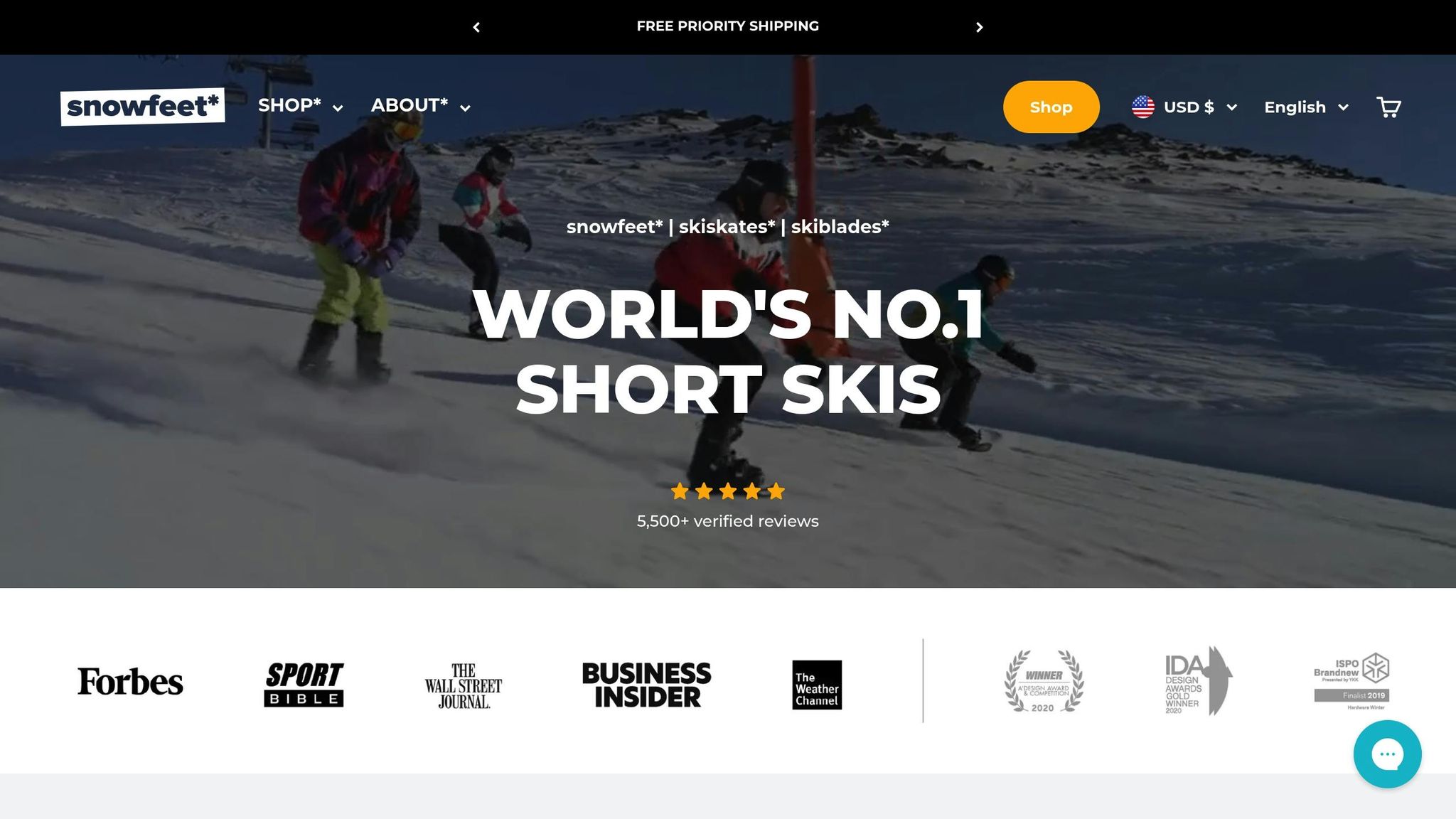
Vediamo perché Snowfeet* supera gli sci tradizionali lunghi. Mentre marchi noti come Rossignol, K2 e Salomon puntano su sci più lunghi, Snowfeet* sceglie una strada diversa con un design più corto e agile. Questo approccio compatto non è solo un espediente - porta reali vantaggi in portabilità e prestazioni.
Snowfeet* Skiblades e Skiskates: Facili da Trasportare e Leggeri
Gli sci tradizionali, che solitamente misurano tra 160 e 180 cm, possono essere difficili da trasportare. Snowfeet*, invece, offre Skiskates (38 cm) e Skiblades (65 cm) che si infilano facilmente in uno zaino. Che tu stia andando sulle piste o facendo trekking in montagna, il loro design leggero rende la vita più facile - soprattutto durante le salite dove ogni grammo conta.
Un altro vantaggio? Non devi investire in costosi scarponi da sci specializzati. Snowfeet* funziona perfettamente con i tuoi normali scarponi invernali, rendendo il tuo equipaggiamento più semplice e conveniente.
Un Paio per Tutti i Terreni
Gli sci tradizionali spesso ti costringono ad avere più paia per adattarti a diverse condizioni - powder, piste battute o park. Snowfeet* cambia le regole con opzioni versatili che gestiscono tutto.
- Il modello PRO (50 cm) è perfetto per i terrain park e le curve strette.
- Le Skiblades (65 cm) scivolano senza sforzo sulle piste battute.
- Per la neve più profonda, il modello POWDER (99 cm) offre prestazioni complete che competono con gli sci tradizionali lunghi.
Le loro dimensioni ridotte ti permettono anche di esplorare aree vietate agli sci più lunghi, aprendo nuove possibilità di avventura. Snowfeet* dimostra che gli sci corti possono affrontare una varietà di condizioni di neve senza compromettere le prestazioni.
Il vantaggio degli sci corti rispetto agli sci lunghi
Gli sci corti offrono agilità, curve rapide e meno peso d'inerzia. Mentre i design tradizionali si concentravano su velocità e stabilità sulle piste battute, le tendenze attuali dello sci puntano a mosse freestyle, curve strette e adattabilità. Gli sci corti eccellono in questo, offrendo un controllo migliore in spazi ristretti e una sensazione più leggera e reattiva.
Per lo ski touring, questo significa una navigazione più facile tra gli alberi, una gestione più fluida sulla neve imprevedibile e meno fatica durante le uscite lunghe. Molti utenti trovano i prodotti Snowfeet* così intuitivi da acquisire fiducia in poche ore, rendendo la curva di apprendimento quasi inesistente.
Snowfeet* rivoluziona lo sci tradizionale dimostrando che design compatti e innovativi possono superare i metodi vecchi. Con un focus su portabilità, versatilità e puro divertimento, Snowfeet* sta tracciando il futuro degli sport invernali - rendendo lo sci più accessibile e piacevole per tutti.
Conclusione: scegli l'attrezzatura giusta per i tuoi obiettivi invernali
Decidere tra scialpinismo e ski touring dipende dal tipo di avventura che cerchi e dal tuo livello di abilità. Lo scialpinismo riguarda la conquista di cime ad alta quota e richiede competenze esperte, oltre ad attrezzatura specializzata. D'altra parte, lo ski touring punta più all'esplorazione e offre un modo meno tecnico per godersi il backcountry. Il problema? L'attrezzatura tradizionale può risultare ingombrante e limitare la mobilità. È qui che Snowfeet* cambia le regole del gioco.
Quando si tratta di attrezzatura, la differenza è chiara. I setup tradizionali spesso includono sci lunghi 160–180 cm e richiedono scarponi specifici, rendendo il trasporto e il montaggio una seccatura. Snowfeet* adotta un approccio diverso. I loro Mini Ski Skates compatti da 38 cm si infilano facilmente in qualsiasi zaino, mentre gli Skiblades da 65 cm gestiscono tutto, dalle piste battute al POWDER. Questo design leggero e snello rende la tua attrezzatura più facile da trasportare e, onestamente, molto più divertente da usare.
Ecco la parte migliore: non servono scarponi specializzati. Gli attacchi Snowfeet* funzionano con i tuoi normali scarponi invernali, riducendo i costi e semplificando il tuo setup. Invece di impazzire con attrezzature complicate, puoi concentrarti a goderti le piste o perfezionare le tue abilità.
Pronti a ripensare gli sport invernali? Snowfeet* dimostra che attrezzature più corte e intelligenti possono superare gli sci lunghi tradizionali in tanti modi. Che tu stia scalando cime ripide o attraversando il backcountry, Snowfeet* offre libertà, versatilità e un carico più leggero. Con Snowfeet*, non stai solo aggiornando la tua attrezzatura - stai migliorando tutta la tua esperienza invernale.
Domande Frequenti
Qual è la differenza nei livelli di abilità e forma fisica necessari per lo scialpinismo rispetto allo sci alpinismo?
Lo scialpinismo non è per i deboli di cuore. Richiede abilità sciistiche avanzate e un alto livello di forma fisica. Immaginati a navigare terreni ripidi e tecnici con attrezzatura pesante - è una prova di forza, resistenza e tecniche sciistiche affilate, specialmente quando affronti discese impegnative.
Lo sci alpinismo, invece, è un po' più accessibile. Avrai bisogno di una forma fisica moderata e della capacità di salire con pelli di foca. L'obiettivo qui è esplorare terreni fuori pista, e non richiede la stessa padronanza tecnica dello scialpinismo.
Cerchi un modo più semplice per goderti le avventure invernali? I prodotti Snowfeet® - come Skiblades o Skiskates - sono leggeri, portatili e perfetti per esplorare paesaggi innevati. Sono un'opzione divertente per tutti, che tu sia un principiante o un professionista esperto.
Come migliora Snowfeet l'esperienza sciistica rispetto agli sci tradizionali?
Snowfeet porta una ventata di novità nello sci offrendo un'alternativa compatta e leggera agli sci tradizionali. Il loro design più corto li rende super agili, così le curve veloci e le manovre strette diventano naturali. Che tu sia nuovo allo sci, un appassionato occasionale o semplicemente voglia un modo divertente per scendere sulle piste, Snowfeet rende facile immergersi.
Una delle parti migliori? Niente più trasportare attrezzatura da sci pesante e ingombrante. Snowfeet sono abbastanza piccoli da entrare nello zaino, rendendoli facilissimi da trasportare. Progettati per essere resistenti e leggeri, sono perfetti per tutto, dalle piste del resort ai sentieri innevati nel tuo quartiere. Snowfeet apre la gioia dello sci agli avventurieri di tutti i livelli, mantenendo tutto semplice e divertente.
Quali consigli di sicurezza dovrei seguire quando scelgo tra scialpinismo e sci alpinismo?
Quando si sceglie tra scialpinismo e sci alpinismo, la sicurezza deve sempre essere la tua massima priorità. Porta sempre con te l'essenziale: un ARTVA, una sonda e una pala per la sicurezza in caso di valanghe. E ricorda, non partire mai da solo. Se sei nuovo allo sci fuoripista, considera di seguire un corso certificato di sicurezza valanghe e di unirti a guide esperte. Questi passaggi possono fare molto per mantenerti al sicuro.
I prodotti Snowfeet si distinguono per il loro design leggero e compatto, offrendo un'alternativa più semplice e gestibile rispetto all'attrezzatura da sci tradizionale e ingombrante. Sono un'ottima opzione per principianti o chiunque cerchi un migliore controllo e facilità durante le uscite invernali. Snellendo la tua attrezzatura, Snowfeet ti permette di concentrarti sul divertimento mantenendo la sicurezza sotto controllo.







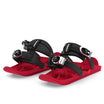
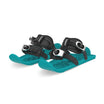












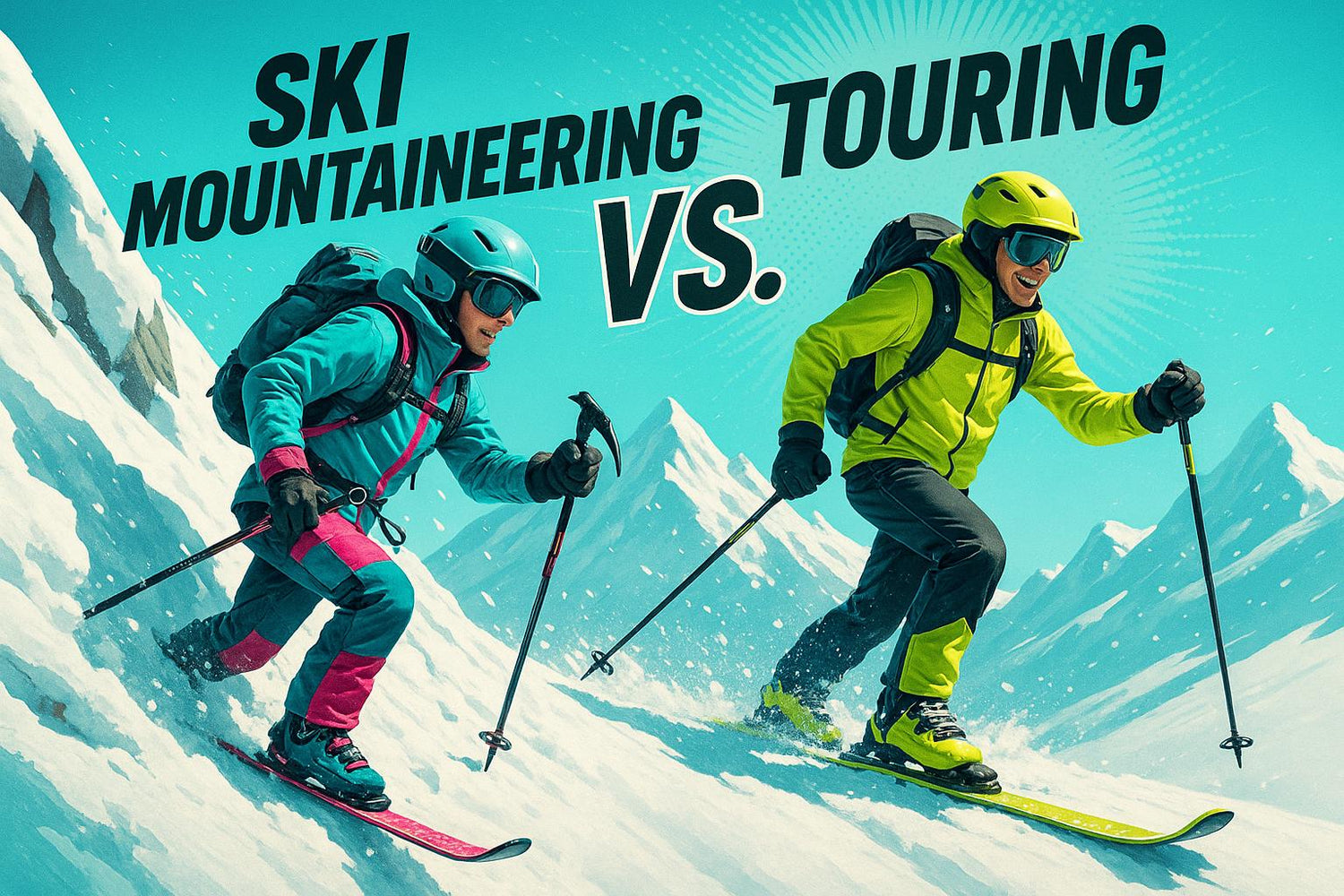

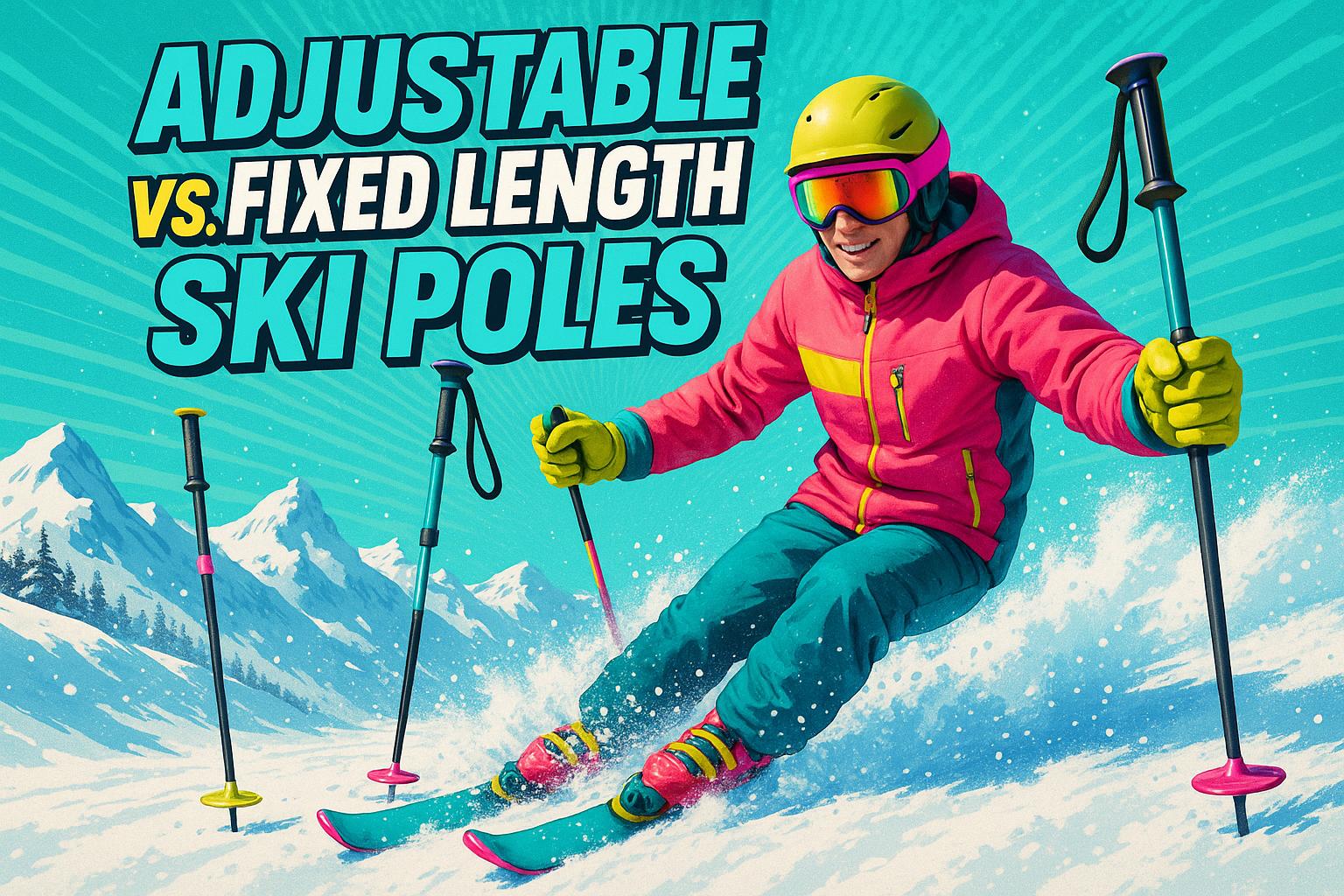




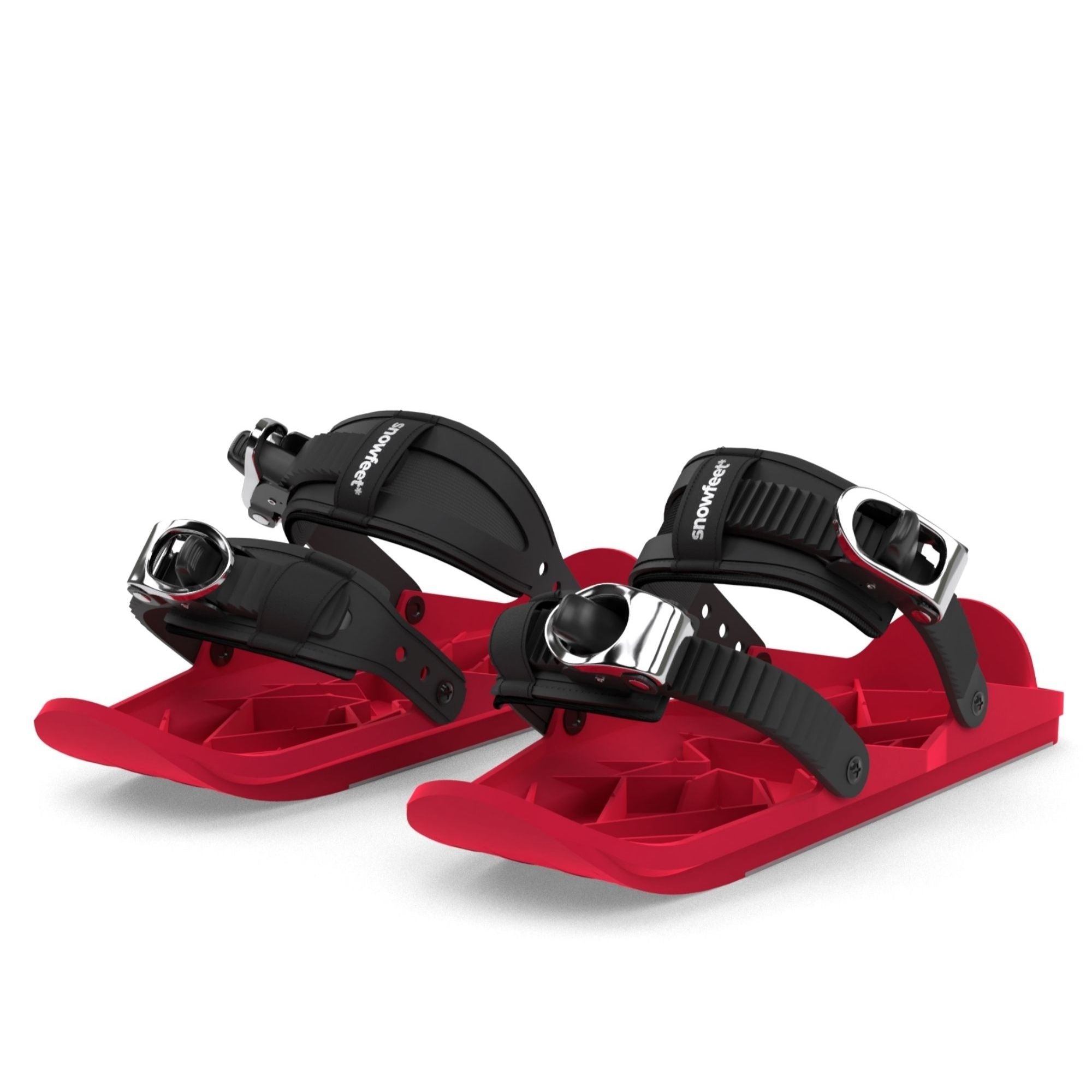
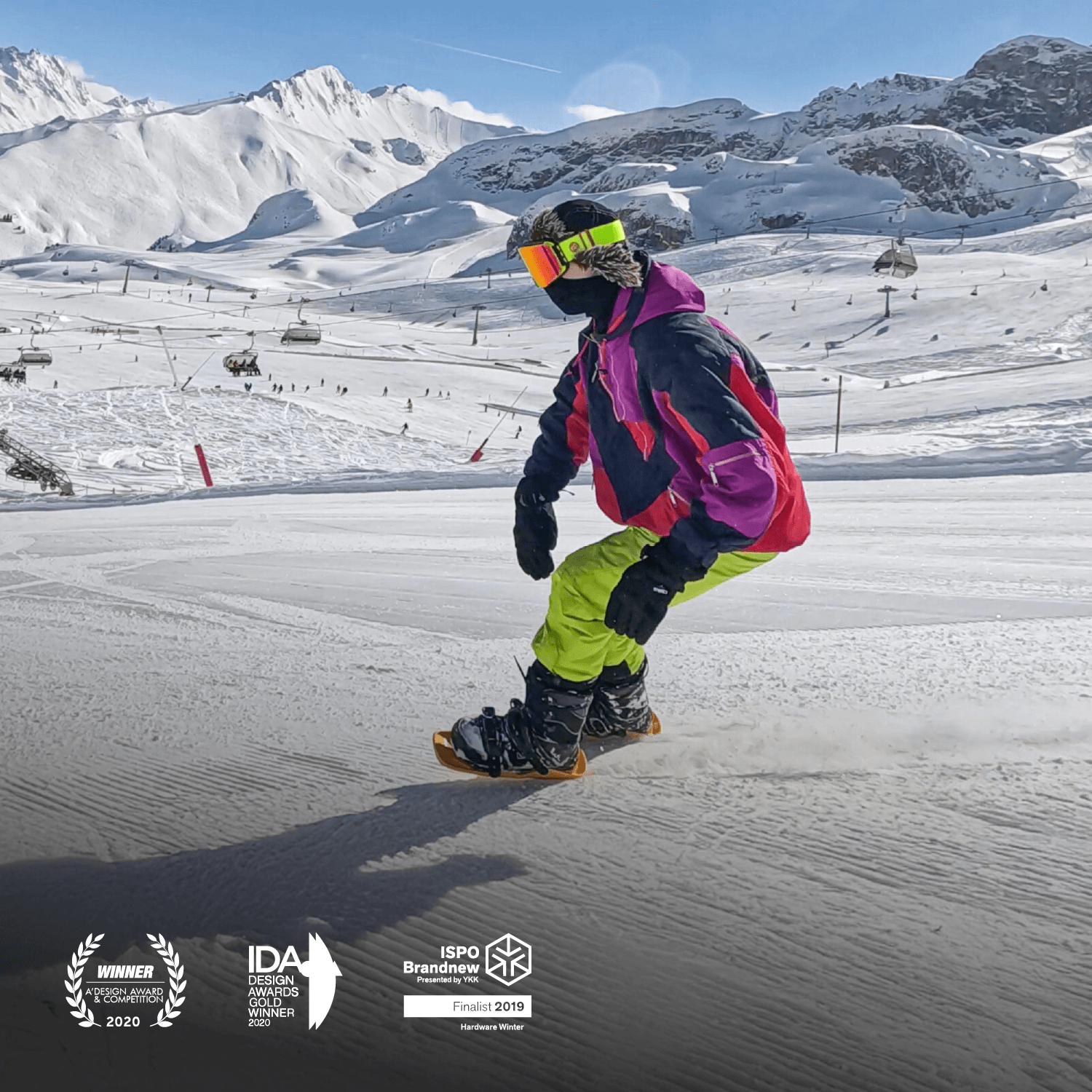




Lascia un commento
Questo sito è protetto da hCaptcha e applica le Norme sulla privacy e i Termini di servizio di hCaptcha.